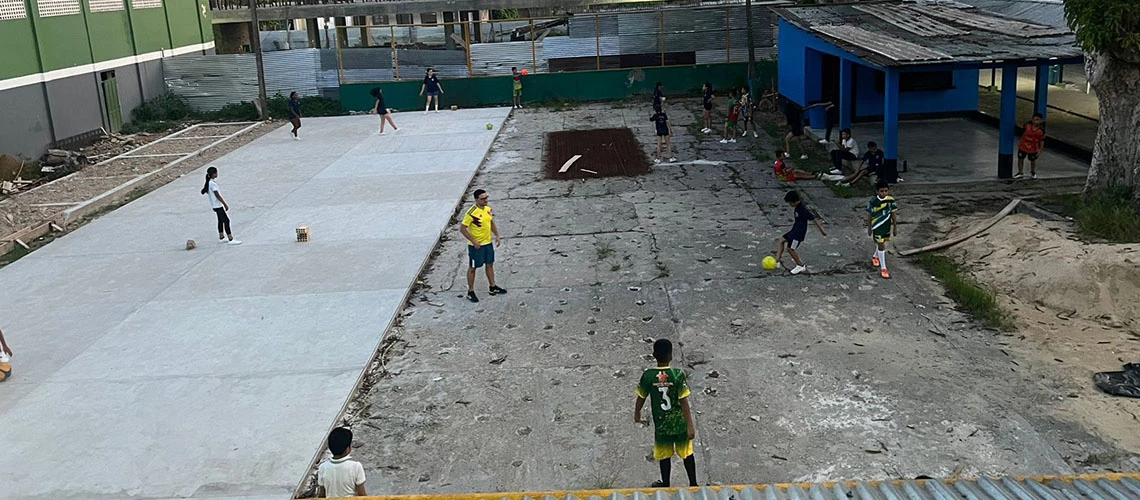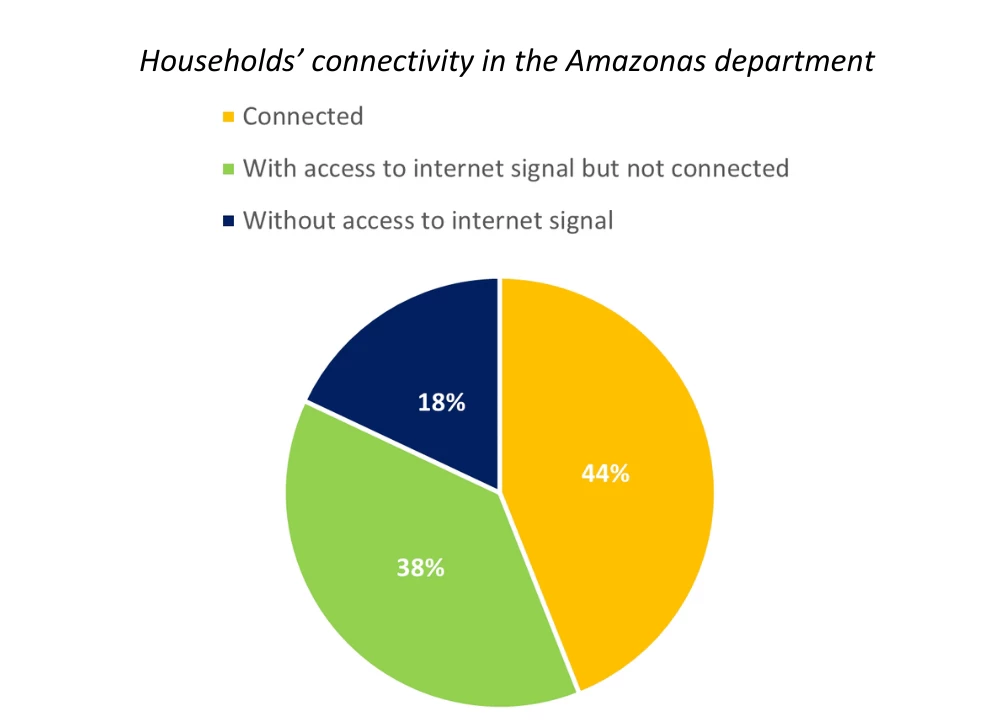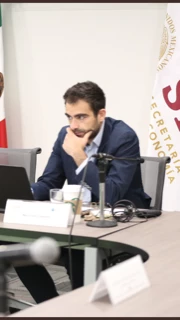 Kids playing in a school in Leticia, Amazonas department in Colombia. Maria Clara Ucros/World Bank
Kids playing in a school in Leticia, Amazonas department in Colombia. Maria Clara Ucros/World Bank
“Our students and professors have poor access to the internet which is often slow or unreliable. Digital connectivity is an essential learning tool which we want to use to preserve our ecosystem, culture and improve our education activities”. This was the introductory remark of Javier Echeverri Tique, the director of the Escuela Normal Superior Marceliano Eduardo Canyes Santacana in Leticia, Department of Amazonas, Colombia, during a meeting in November 2023 with a World Bank Group delegation.
The gathering took place in a room filled up with professors and students in which WhatsApp struggled to work despite mobile phones showing a 4G signal. “A fake 4G” commented some in the room. Young students showed their frustration on how the limited access to internet and digital devices is negatively affecting their progress on education, preventing them from watching videos and working on presentations.
The impact of limited internet on education can be devastating. In the department of Amazonas, when schools were closed due to the COVID-19 Pandemic, 85% of students belonging to unconnected households were left to studying on their own, using printed books while 12% left the formal educational system all together. Only 7% were able to attend online classes using public or friends’ connectivity.
Challenges in accessing online educational resources increase educational disparities between rural and urban populations, limiting opportunities for social mobility and economic development.
Digital gap in the department of Amazonas
Data collected by a survey conducted by the World Bank helped assess the digital gap in the Amazonas department. 504 households and 348 businesses were interviewed across rural and urban areas with 70% of the sample belonging to indigenous communities.
According to the analysis of this data, more than half of the households do not have an online connection, with 18% without access to internet coverage (see graph below). A dramatic gap was revealed for those covered by the signal but still not connected: 72% of them never used internet in 2022, with the main reasons being high cost and low service quality.

This digital divide deepens social inequalities, as it further marginalizes rural populations compared to urban populations which have better access to services and social participation.
For the households belonging to the lowest income segment of the sample, internet costs can reach up to 17% of the monthly income; almost 9 times more of the threshold of 2% used in the industry as affordability benchmark.
Mobile technology is the main channel to access the internet, yet quality of the service was reported to be low and subject to climate events. This probably affects the usage of internet and online services. For instance, a minority of the connected households used internet to attend online classes or exams.
Schools’ digitization
Schools and other public institutions play a critical role in promoting an inclusive digitization. Youth lacking internet access at home can use online services when at school. The San Juan Bosco institute in Leticia, also visited by the World Bank Group delegation, provides secondary education to 1251 students from 10 different indigenous ethnicities. The building greets visitors with “welcome” signs written in all the languages spoken in the school. Rector Helver Abreu Cubides says that indigenous students “leverage – when possible – the internet as a learning tool investigating the role of the Amazon rainforest from natural and social perspectives”.
There is a significant digital gap by ethnicity, with only 6% of indigenous households reporting frequent access to the internet, compared to 22% of non-indigenous households. On the bright side, there is strong interest in acquiring digital skills. However, promoting digital inclusion for indigenous peoples in the Colombian Amazon has risks and challenges. Increased connectivity and access to technology may lead to exclusion and exploitation if their specific needs and cultural practices are not considered. The installation of broadband infrastructure may also impact indigenous territories and protected areas.
The social consequences of the digital divide in the Amazon, particularly in rural and underserved areas, are significant. Developing digital infrastructure can have positive multidimensional effects. Closing the digital gap in the Amazon presents an opportunity to improve accessibility and social engagement, as well as to enhance government services like healthcare and education. Connecting schools is a first and important step towards inclusive development.




Join the Conversation